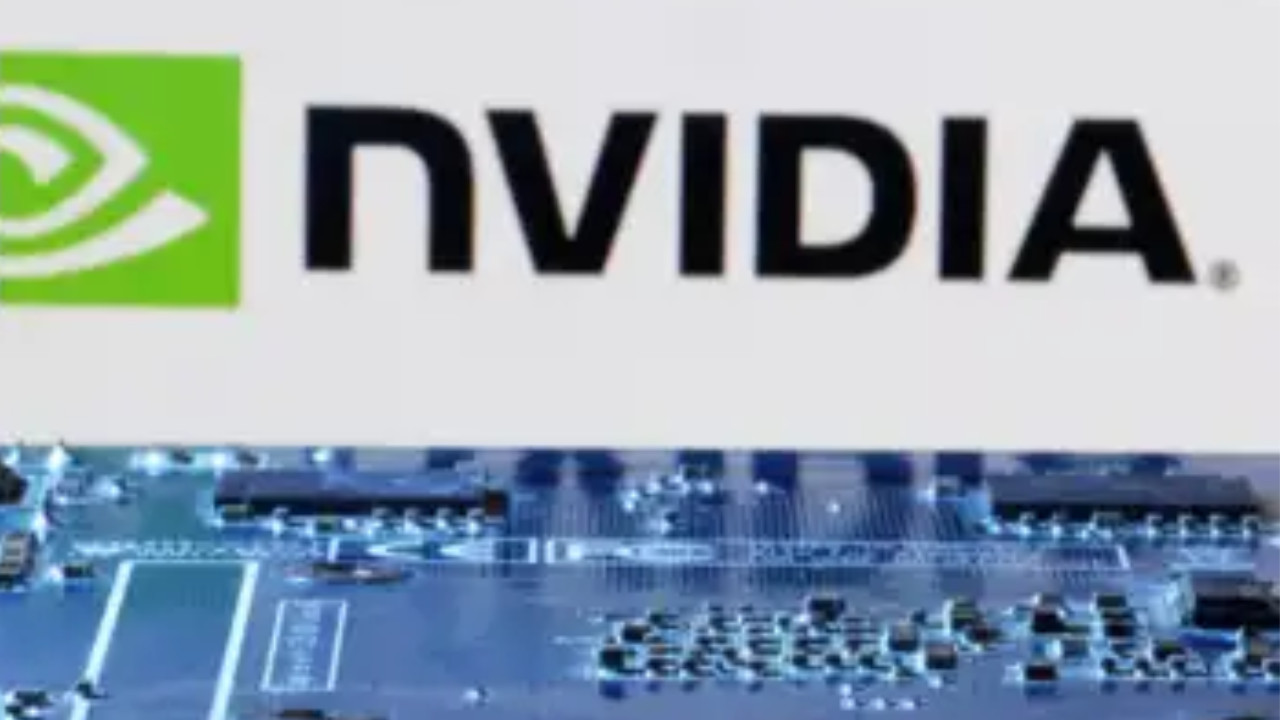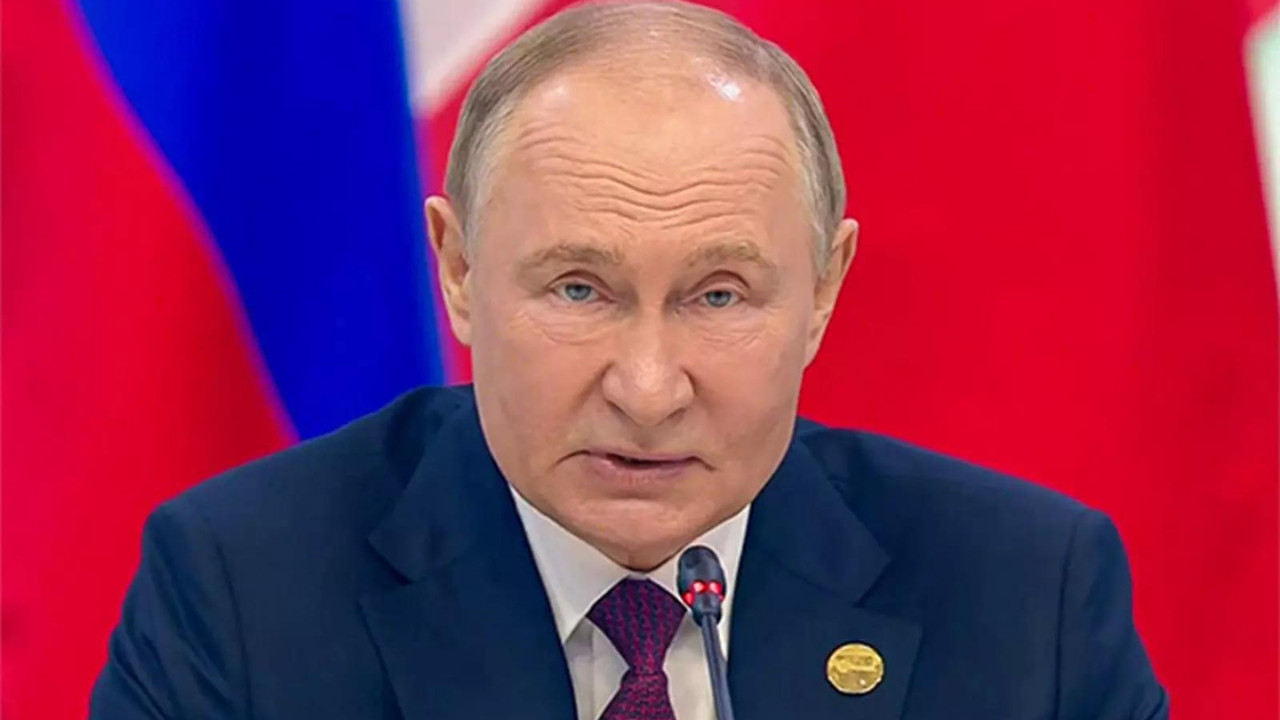Nvidia’s shares rose ahead of its earnings report, as investors closely monitor the impact of US export restrictions on its China business. These restrictions, particularly affecting the H20 AI chip, could cost Nvidia billions in potential sales. While challenges persist in China, new opportunities in the Middle East and renewed AI investment from cloud providers offer some optimism.
Nvidia’s Balancing Act: High Hopes and the China Chip Chasm
Okay, let’s talk Nvidia. Because let’s be honest, who isn’t talking about Nvidia these days? The company, practically synonymous with the AI revolution, is about to drop its latest earnings report, and the market is buzzing – and that’s putting it mildly. We’re not just talking a little market flutter here; we’re talking a surge in Nvidia’s stock price ahead of the announcement. That’s a pretty confident vibe.
So, what’s fueling this anticipatory frenzy? Well, picture this: AI is the hot new restaurant in town, and Nvidia is basically the kitchen supplying all the fancy ingredients – the GPUs (Graphics Processing Units) that make the whole delicious thing possible. Everyone’s clamoring for a taste, and Nvidia is the main supplier. Demand is through the roof. We all know that.
But there’s a key ingredient missing from that simplified analogy: global politics. And that brings us to the rather sticky subject of US chip restrictions on China. This isn’t just a minor trade tiff; it’s a significant factor hanging over Nvidia’s head.
The US government’s curbs, aimed at preventing China from accessing cutting-edge technology that could be used for military applications, directly impact Nvidia’s ability to sell its most powerful chips in the world’s second-largest economy. China, as you might imagine, is a HUGE market for Nvidia, a market it can’t afford to lose completely.
So, what’s the tightrope Nvidia is walking? Well, the company needs to demonstrate robust growth and strong earnings to justify the current stock valuation. That’s the immediate pressure. But it also needs to navigate the geopolitical landscape deftly, finding ways to continue serving the Chinese market (at least to some degree) while complying with US regulations.
This probably means a few things. We might see Nvidia emphasize sales in other regions, showcasing growth in Europe, the US (obviously), and emerging markets like India. They might also highlight the success of their data center business, which is a massive growth engine powered by AI. We can expect talk of new partnerships, innovative software solutions, and clever strategies to extract maximum value from existing product lines.
And then there’s the China question. Let’s be real, completely pulling out of the market isn’t an option for Nvidia. It’s too big. The company’s almost certainly been working on modified chips – versions of their high-end GPUs that meet US regulations but still offer significant performance. Expect to hear them talking about these “compliant” solutions, stressing their commitment to both US law and the Chinese market.
The tricky part here is how much demand there actually is for these watered-down chips. Will Chinese companies still be willing to pay a premium for something that’s less powerful than the real deal? Or will they be looking for alternative solutions, potentially from domestic manufacturers or other international players? That’s a billion-dollar question.
Here’s my take: I think Nvidia will deliver a solid earnings report. The overall demand for AI and accelerated computing is just too strong to ignore. They’ve built themselves a practically unassailable position. I expect they will paint a rosy picture while carefully dancing around the China situation. The real test will be their guidance for the future. How confidently can they project growth in the face of ongoing restrictions?
And let’s not forget, the semiconductor industry is notoriously cyclical. While AI is undeniably transformative, it’s still relatively early days. There’s always the risk of over-investment and a subsequent slowdown. So while the market is clearly excited about Nvidia’s potential, a healthy dose of caution is always wise.
Ultimately, Nvidia’s success depends on its ability to balance innovation, market access, and geopolitical realities. It’s a high-stakes game, but for now, at least, Nvidia seems to have a pretty good hand. The earnings report should give us a clearer indication of just how strong that hand truly is.
📬 Stay informed — follow us for more insightful updates!







